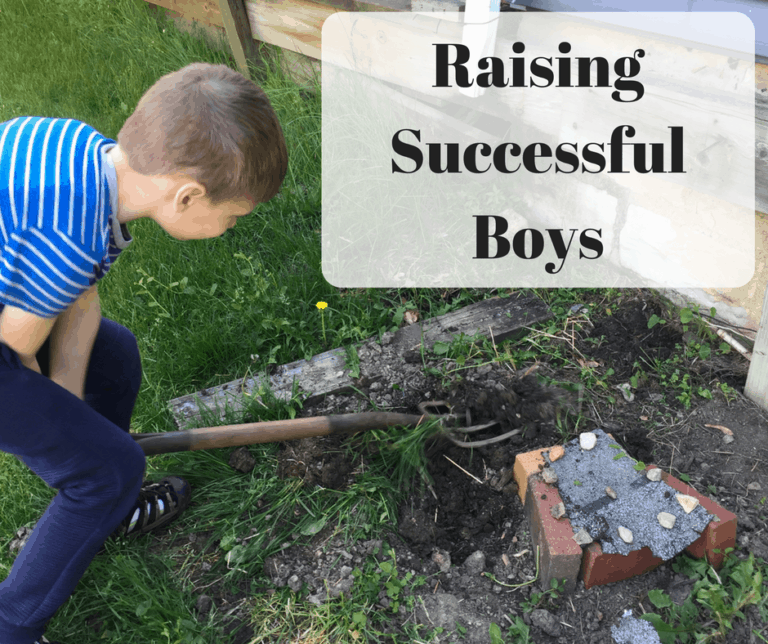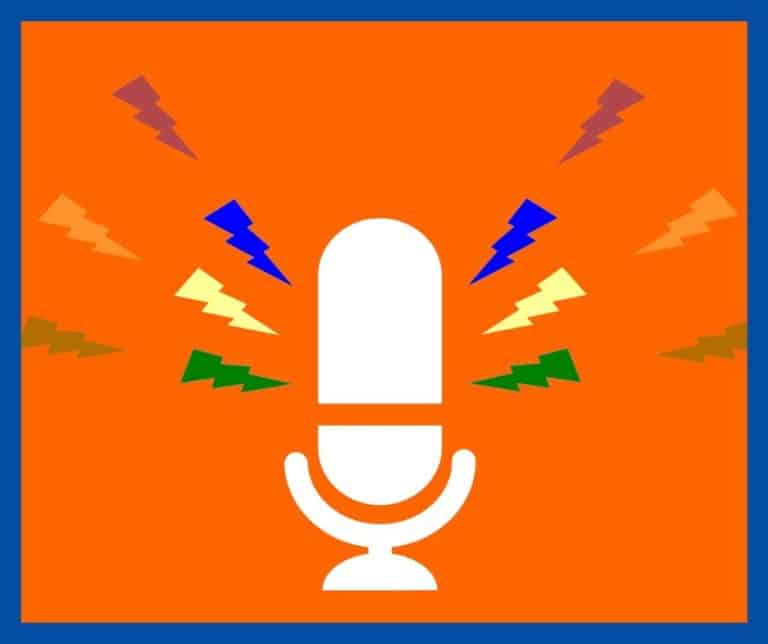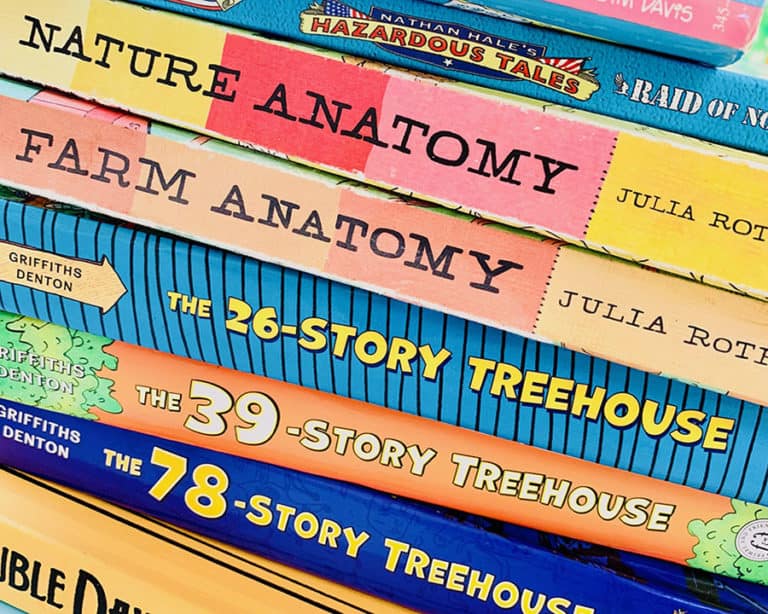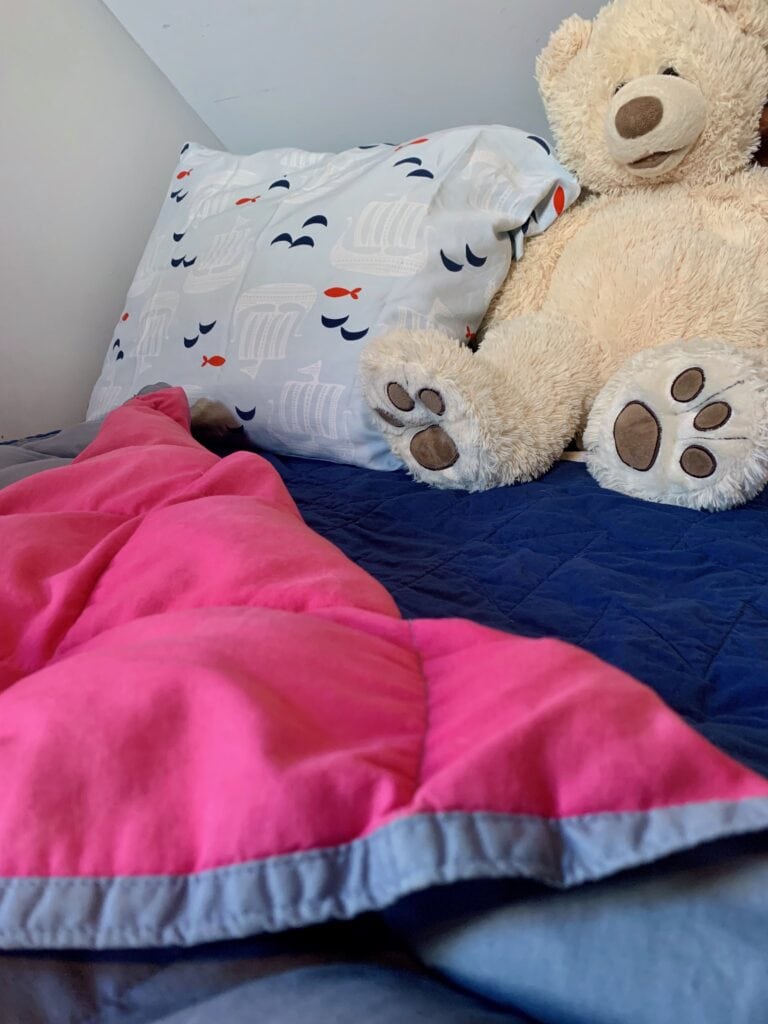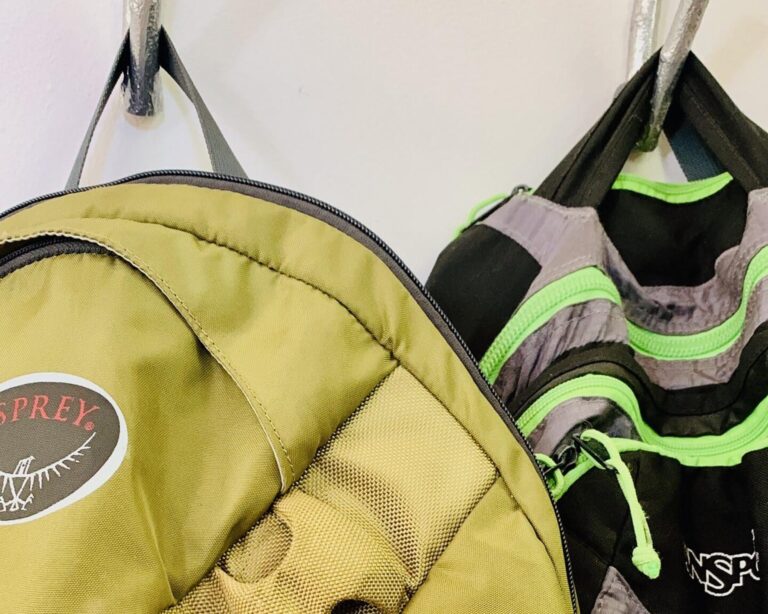How to Stop “Bad Behavior” in Children With ADHD

Learning how to manage “bad behavior” in kids with ADHD has a steep learning curve. If it were easy to quell the tantrums and explosive outbursts of our kids, there wouldn’t be so many parents asking the question, “How can I stop bad behavior in my child with ADHD?”
I get it.
It’s why this post about Why Consequences Don’t Work for ADHD, is my most popular at the moment.
Parenting kids with ADHD is a process, with lots of learning
It takes time to learn how not to be triggered by our kids, to learn how to get in front of the “behaviors”, and greatly it happeneing in the future
….and what works very possible can keep changing…They keep us on our toes!
What do we mean by “bad behavior”? – The mind shift to make first!
Let’s make this perfectly clear, “bad” kids don’t exist.
Period.
Our ADHD kids may be struggling with communication issues, sensory overload, social awkwardness, or anxiety, to name a few.
The thing we call “Bad Behavior” is just what comes out when they are frustrated, scared, anxious, tired, and simply can’t meet an expectation that is being put on them.
We know it when we see it, don’t we.
It’s the whining and tantrum throwing, the hitting and spitting and name calling.
As one of my favorite parenting experts, Ross Greene says, this is the big shift we need to make in our thinking.
Our kids are not being manipulative and attention-seeking, rather they do not have the ability to communicate to us, in the moment, why they can’t meet the expectation that is being put on them.
Something is always, always, underneath the behavior.
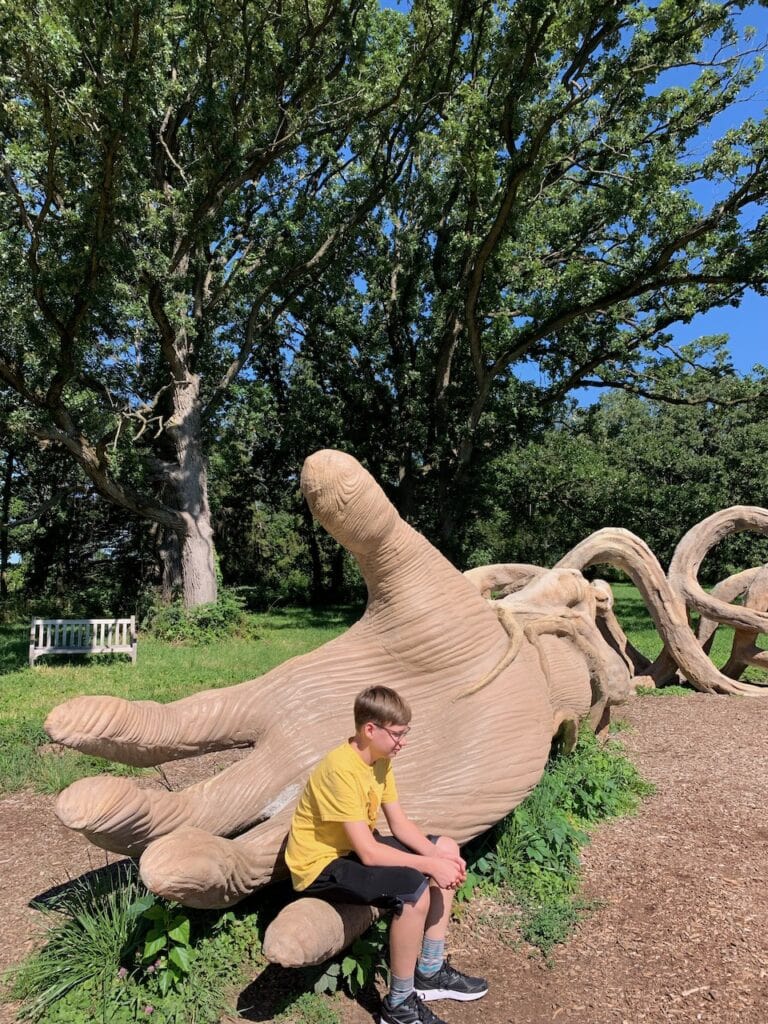
Ok, we know there is something under the behavior, now what?
Once this distinction is clear to you, your ability to help your child increases 10 fold.
In fact, we can feel a sense of relief just in the knowing that their behavior is most likely caused by a lagging skill or an unmet need. (Thank you, Ross Greene!)
As one of my favorite moms, Toscha Shore says,(Her book is an ADHD Parenting “must read”), you don’t even have to figure out what is behind the behavior right away. The realization that your child is trying to communicate and not specifically targeting you or a sibling can be life changing.
But, since the object is to quell the behaviors, let’s see what we can do about them, shall we?
Stopping “bad behaviors” is more than what to do in the moment
Stopping bad behaviors isn’t just about what to do in the moment, we’ve got to learn to think strategically, before, during and after the moment….
All three phases are important and there are things you can do in each of them that can have a huge impact on your kiddo and everyone in your family.
Remember, not everything works for every kid. It’s your job to be a detective and know that some trial and error is needed (for everyone involved) to figure out what is going to work for you and your ADHD child.
What to do before the “bad behaviors” even start
There are many things to do to proactively stop the behaviors. Again,some trial and error is involved, as well as a lot of observation and noticing patterns around the concerning behaviors.
Remember, it’s not about giving in to children and letting them run the show. It’s about staying a few seconds in front of them, when possible.
Look at how factors like sleep and food can affect your child
Our kids can be extremely sensitive. and things like not getting enough sleep, drinking enough water or eating enough protein can greatly affect their ability to stay calm and meet expectation. Mona Delahooke, in her amazing book, talks about how as parents of neurodiverse kids, we need to have a bottoms up appraoch and parent our kids nervous systems.
By ensuring our kids get good quality sleep and eat good quality food(and avoid some of these), we may be able to head off a lot of the concerning behaviors.
Related: Following an ADHD Diet can mean better behaved kids
Plan a calm down strategy – for everyone
It’s important to discuss calm down strategies when you are not in the heat of the moment. Come up with a plan and even practice with your kid. You might have a hand signal or a few simple words to cue them to go to a calm, safe place. Consider these:
- Create a cozy area with pillows, books or quiet toys that your child can retreat to, no questions asked.
- Install a swing or hammock (we have one inside!) – this motion can work wonders for some kids.
- Jumping on a trampoline or getting under a weighted blanket can also provide a calming sensory experience. Beanbag chairs, swings, hammocks are great places to go to.
- Make a plan for yourself to stay close but not too close to keep triggering behavior – in either one of you.
- Some parents find it helpful to look at a cute photo of their kids as infants or one of them in a golden moment.
Practice what you are going to say.
It can be hard to keep your wits about you in the heat of the moment. It’s so much easier to get caught up in the storm with your kiddo and raise your voice, or say something you’ll regret and that does nothing to help the situation(and may even escalate it).
It’s great to think of a few things to say and then practice them or even write them down. Find something that works with your personality, like:
- “Wow, you sound mad. Why don’t you go to your calm down spot and we can talk about it in ten minutes.”
- “I see that you are upset and I want to help. But, we both need to be in a better place before we can come up with a fair solution.”
- “I see something is bothering you, but I can’t help you unless I know what it is. Can we meet in the kitchen in 10 minutes and see if we can figure it out?”
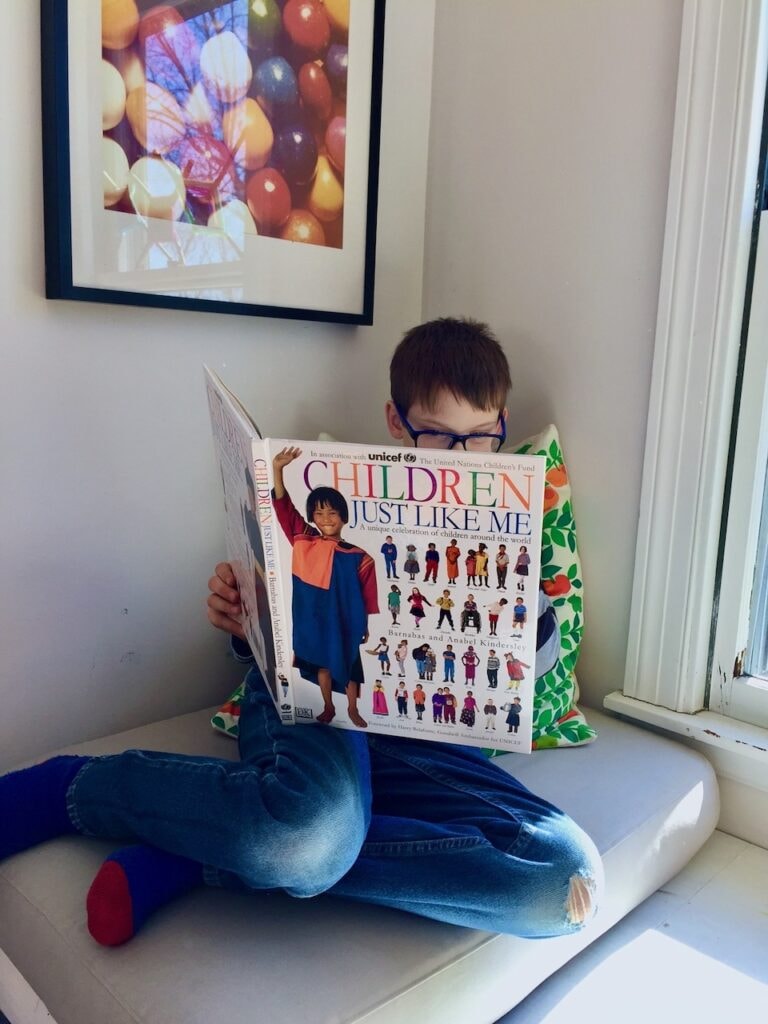
What to do about bad behavior in the moment.
It’s important to think about what to do in the heat of the moment before it happens again.
Make sure everyone is safe
As Ross Greene says, the most important thing to do in the moment of concerning behaviors is to make sure everyone is safe.
That could look like having siblings leave the room or head outside for a bit. It could look like letting go of your expectations in the moment and just waiting until everyone is calm.
Lead with empathy.
There is no better way to diffuse anger than to side with it. Acknowledging your kiddo’s situation with some empathy will show your child you understand their upset.
“That must feel awful to…” or “I am sorry you won’t be able to…” even a simple, “That does stink!” can diffuse anger in seconds. “How can I help?” is a great response for an older child.
If you are on their side, they’ll have nothing to fight with you about.
Ignore it.
What? Really?
Yes, sometimes things need to go “unnoticed”. An eye roll or chuff after you’ve asked your kiddo to do their homework or clean their room can easily be ignored.
Most of the time it’s an automatic response and needs to go no further. Your kiddo could be wanting to project some of their disdain onto you, hoping for a reaction. Sometimes it’s easier to just walk away and act like you didn’t even see it.
Help them name it and let the mood settle.
Our ADHD kids have a hard time expressing their thoughts and feelings and everything often comes out as anger and frustration.
In the heat of the moment, it’s often helpful for you to call it like you see it. “It looks like you are frustrated.” or ” Wow you are really angry about something”. It may not be exactly what they are feeling, but it sure does get them thinking about their feelings.
It’s always a great idea to let the mood settle a bit. All involved family members should be feeling pretty calm before you start any discussions.
A feelings chart may be helpful – even for older kids. This one has some really good examples of many things your kiddod might be feeling.
Give yourself a time out
Removing yourself from the room for a bit can help immensely.
As parents we’re often the ones who need a time out! Our kids can easily trigger us and our temper flares.
Not great when you are the one who needs to calm down.
Learning how to co-regulate with your child can be a super effective way to help their nervous system mature. Mona Delahooke’s book, Brain Body Parenting, is on my top three “All Time Best ADHD Parenting Book” list because it explains this process so seamlessly and gives you so many ideas about what to do in the heat of the moment.
What can you do during your time out? Anything that calms you down: phone a friend from your closet, sit in the bathroom, look at photos of your kid as a sweet little baby, walk around your yard.
When you feel calmer, come back and see if the issue even needs to be addressed.
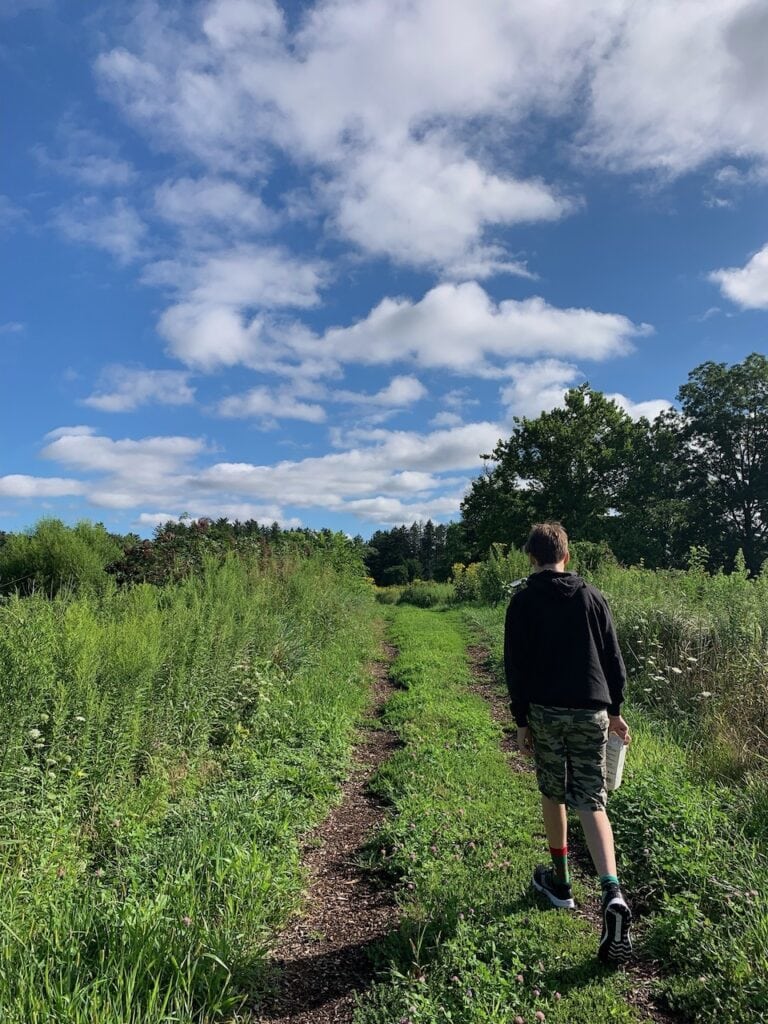
What to do after the bad behavior has happened
Don’t rehash the gory details
It might seem like telling your kiddo all the bad stuff they did would serve as an incentive for them not to do it again. And by talking about all the stuff, they’ll suddenly realize the error of their ways and will never let it happen again.
But it doesn’t.
Trust me. I have tried it.
Talking about the names they called you or the thing they threw at their sister, only serves to make them feel worse and does noting to solve the problem at the root. When kids feel bad about themselves, it also makes it harder to get insight as to what was going on in the first place.
Talk about it
And by talk about it, I mean mostly listen. Ask a simple question or two and then listen.
Ross Greene, author of The Explosive Child, advises that children be asked a simple question like, “I noticed you had a hard time going to school this morning, what’s up?”
Your job is to get as much information about why the expectation could not be met. You can ask additional questions like, “Tell me more” or “is there any other information you’d like me to know about this?”
Try the 5 finger method
Talking with your kids may sound easier than it actually is.
Part of the reason why our kids are acting out is that they have a hard time telling you what is bothering them, it bottles up and eventually explodes.
5 finger method to the rescue.
Another invention of Ross Greene’s, the five finger method allows kids to simply hold up their fingers to answer your questions(1 finger is No! and 5 fingers is a big YES!). As you ask them questions to try to guess what is bothering them, let them hold up their fingers to answer you. This takes practice, but soon kids learn to use 2 to 4 fingers for everything between a hard no or hard yes.
Stop making meaning about your kids’ behavior
It can be easy for us to make up stories about our kids behaviors – they hate me! I have a mean kid! They’ll never finish elementary school! I am a horrible parent!
This kind of storytelling is a waste of your imagination.
Separate the behavior from the child. It is purely comminucation – think of it as a foreign language you have to decode.
A missing homework assignment – even after 2 therapy sessions devoted to that topic, a tutor and lots of nagging from mom, is JUST A MISSING homework assignment and a lagging skill to continue to work on.
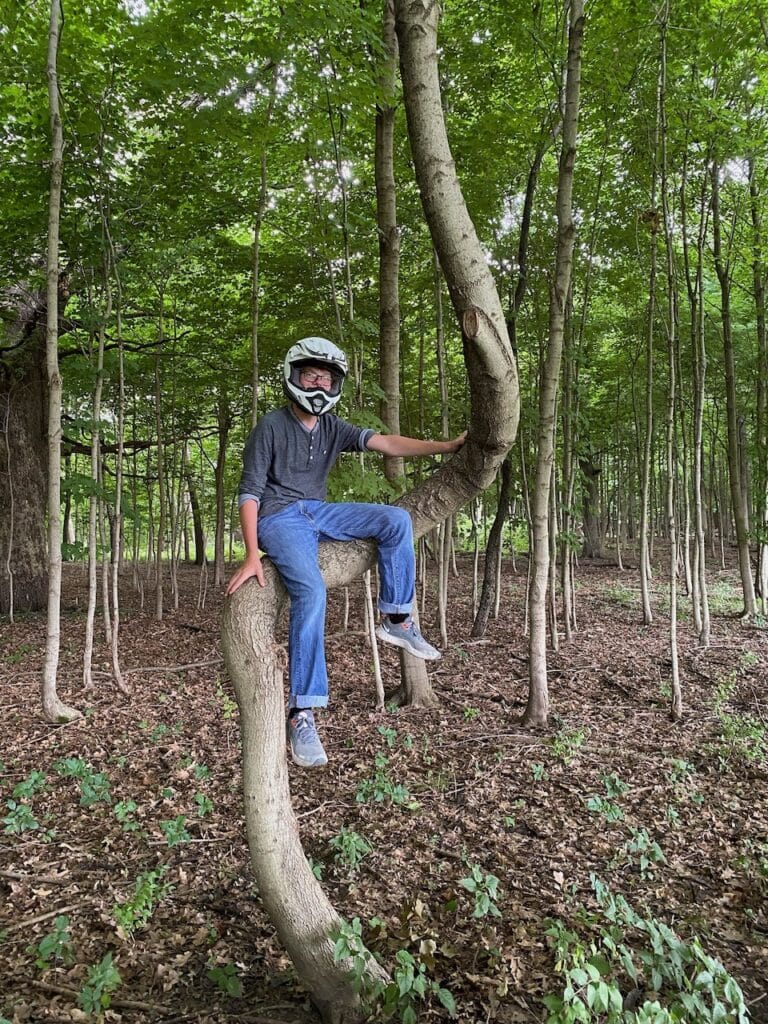
Don’t take the behavior personally
In addition to separating the behavior from the child…separate it from yourself. Do not take anything your child says personally.
You are not awful. They don’t hate you. And they don’t want you to go away forever.
This can be really hard and can take time to fully realize. Believe me, I have spent time sobbing in my closet because my kiddo has said some pretty mean things in the heat of an explosion.
Turn the finger back around to yourself.
It takes two to argue and we all have things to learn about ourselves. Remember, our kids are our greatest teachers and when they trigger you,it means you’ve got some work to do on yourself.
Read some good parenting books, see a therapist for just YOU, take good care of yourself.
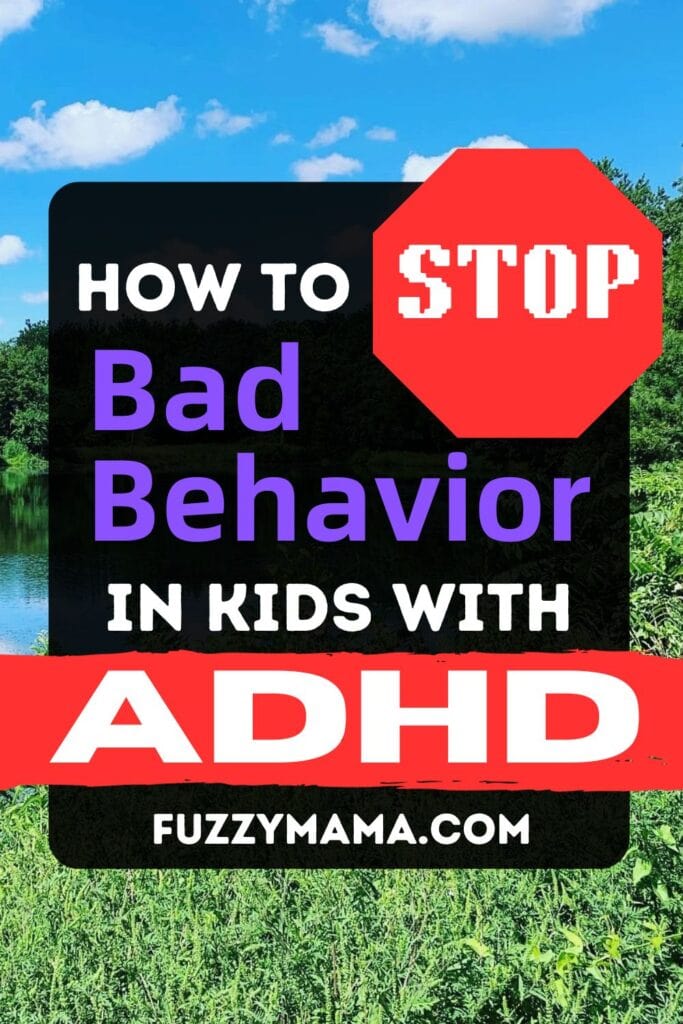
Stop “shoulding” all over the place!
Our kids are unique and on a timeline of their own. Comparing them to anyone else is futile. Put aside any thoughts you have about how your kids “should” be acting or what your kids “should” be doing.
And you! Stop thinking you should be a certain way or that you should know exactly how to respond to your child.
You are human. Your kids are human. You are both going to mess up.
Remind yourself this is a journey
… and someday these will be the good old days.
Building a human being is a very slow process and wouldn’t it be nice to focus more on enjoying it along(every step of) the way? Look for progress over perfection.
Spend more time connecting than correcting.
I found making time to connect so helpful, I wrote a whole blog post about it.
Spending quality time with your kiddo can proactively stop the behaviors and make great memories.
If you are looking for more ideas on connecting with your ADHD child to proactively lessen those “bad behaviors”, check out the post HERE.
Want more about ADHD?
Our most popular post is HERE.

